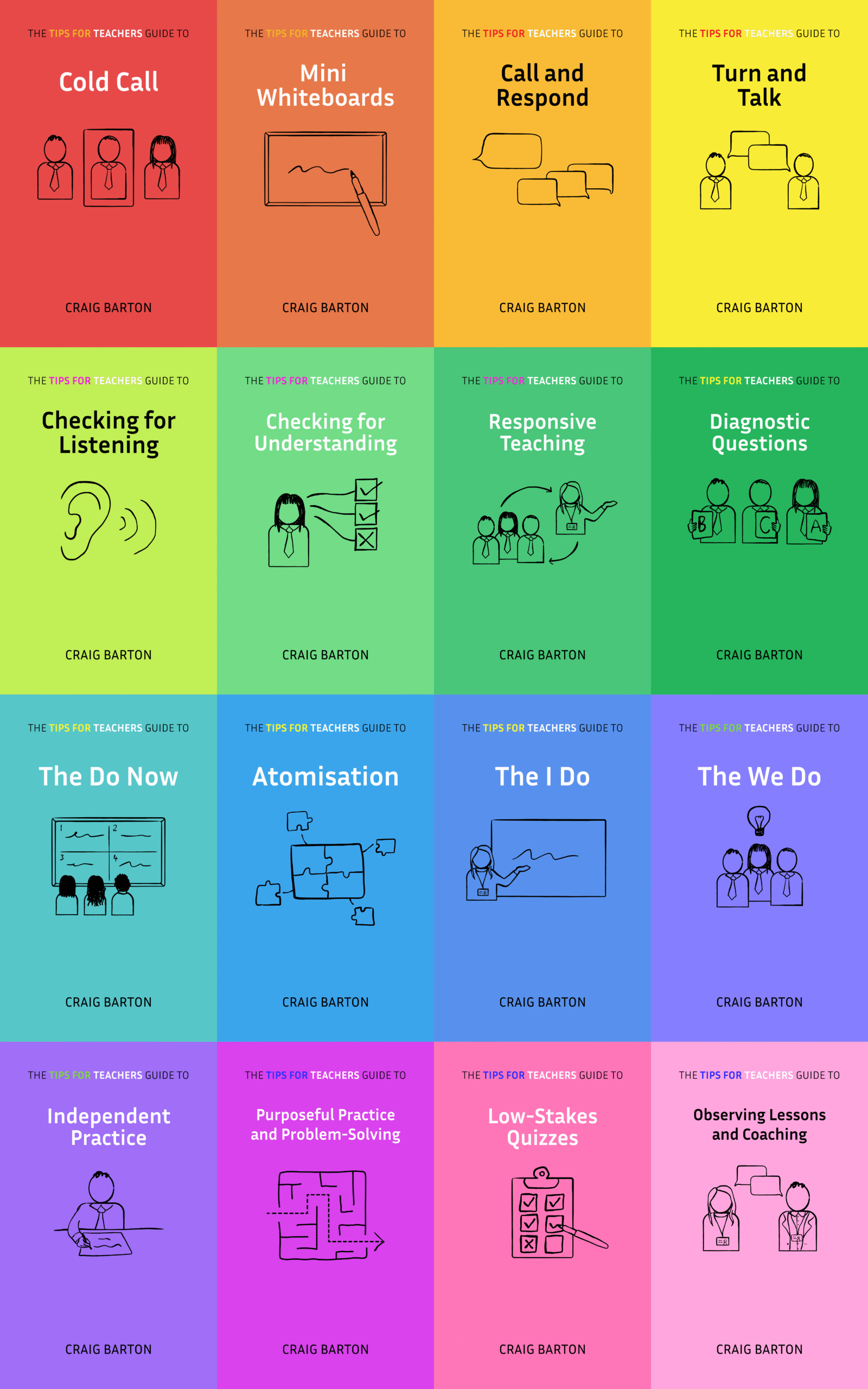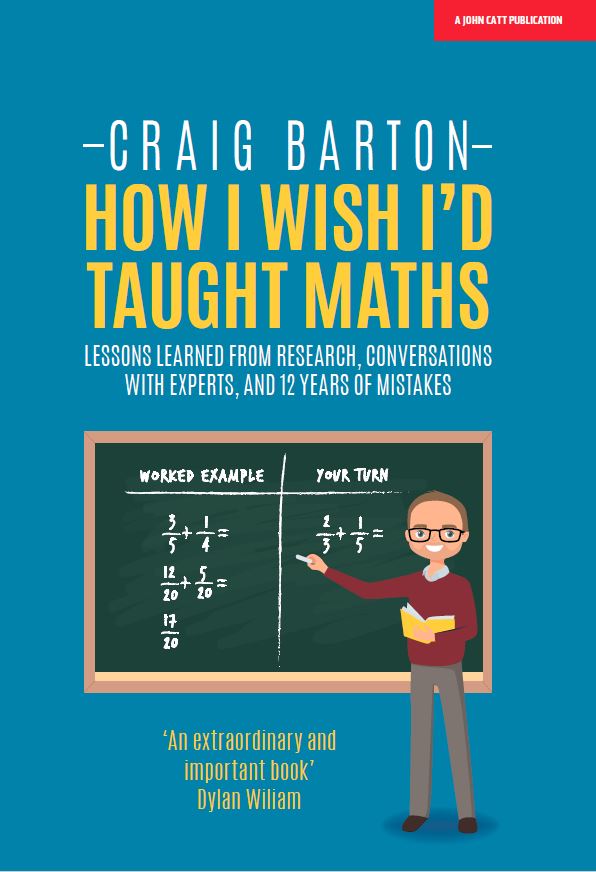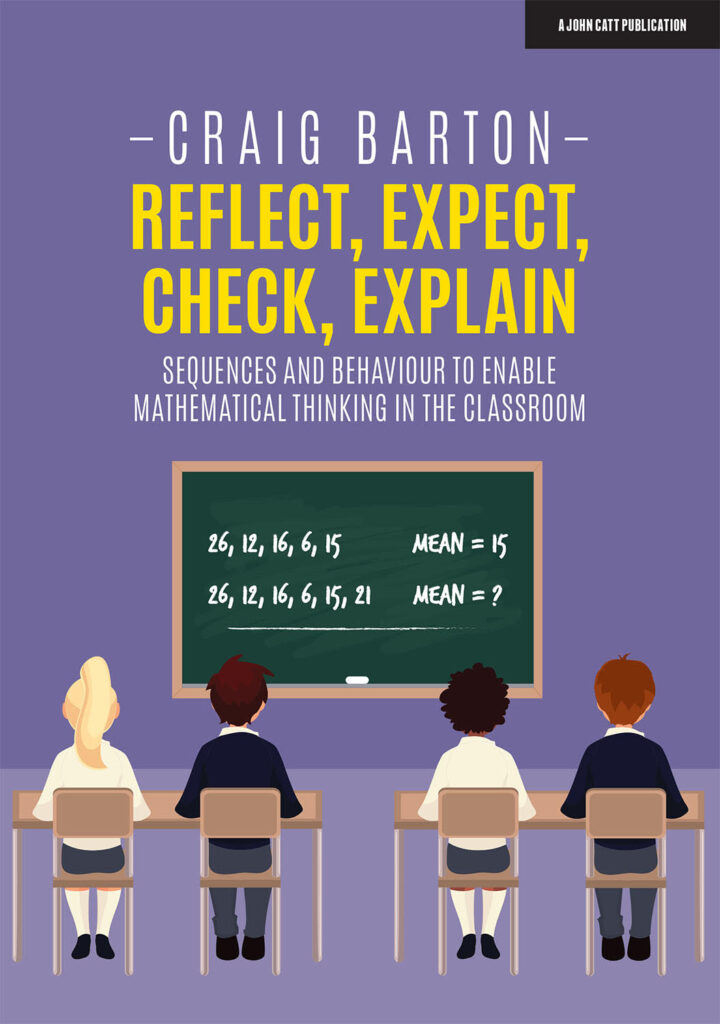
- Title: The Effect of Teacher Coaching on Instruction and Achievement: A Meta-Analysis of the Causal Evidence
- Authors: Kraft and Blazar
- Access the original paper here
- Watch a video overview:
Paper summary
This is a 2018 meta-analysis titled “The Effect of Teacher Coaching on Instruction and Achievement: A Meta-Analysis of the Causal Evidence”, authored by Matthew Kraft, David Blazar, and Dylan Hogan. This academic work investigates the effectiveness of teacher coaching programs as an alternative to traditional professional development models by synthesizing results from 60 studies that employed causal research designs. The key findings indicate that coaching has a large positive effect on teachers’ instructional practice (0.49 standard deviations) and a smaller, but significant positive effect on student achievement (0.18 standard deviations). The authors also examine implementation challenges, noting that average effects from larger-scale effectiveness trials are considerably smaller than those found in smaller-scale efficacy trials, suggesting difficulties in scaling up coaching programs while maintaining quality. Finally, the analysis explores the relationship between improvements in instruction and subsequent gains in achievement, providing recommendations for future research methodology.
If teachers remember one thing from this study, it should be…
Teacher coaching is highly effective: it produces large positive changes in instructional practice, with a pooled effect size of 0.49 standard deviations (SD), and positive gains in student achievement (0.18 SD).
***Paper Deep Dive***
What are the key technical terms used in the paper?
Teacher coaching, defined as in-service professional development (PD) where coaches observe and provide feedback to teachers.
Effect sizes, reported in Standard Deviations (SD), quantify the standardised treatment impact on instruction (0.49 SD) or achievement (0.18 SD).
What are the characteristics of the participants in the study?
The study participants were in-service teachers (early childhood to 12th grade) in the U.S. or other developed nations. Most evidence came from pre-kindergarten and elementary school teachers (51 of 60 studies), often focused on literacy coaching. The average teaching experience was frequently about 11 years.
What does this paper add to the current field of research?
This paper conducts the first meta-analysis examining the causal effect of teacher coaching on instructional practice and student achievement. It combines results across 60 studies that employ causal research designs, finding large pooled effect sizes (0.49 SD on instruction; 0.18 SD on achievement).
What are the key implications for teachers in the classroom?
The key implications for teachers in the classroom revolve around recognizing the efficacy of coaching and understanding the characteristics of programs that drive the largest gains, as well as the necessary professional mindset:
- Embrace Coaching as Effective Professional Development (PD): Teachers should recognize that coaching is a promising alternative to traditional PD models, showing large positive effects on instructional practice (pooled effect size of 0.49 SD) and subsequent positive gains in student achievement (0.18 SD).
- Prioritize High-Quality Program Features: Effective coaching is characterized by several critical features that teachers should seek out in PD opportunities: it must be individualized (one-on-one), intensive (interactions at least every couple of weeks), sustained (over a semester or year), context-specific (in their own classroom), and focused on deliberate practice of discrete skills.
- Use Coaching to Bridge the Knowledge-Practice Gap: Coaching serves as a key lever for improving classroom instruction by translating new knowledge and skills into actual classroom practices through sustained “professional dialogue”.
- Value Complementary Learning: Teachers benefit when coaching is paired with group training (like workshops) to help them build baseline skills and content knowledge before engaging directly with a coach, which is associated with larger effects on both instruction and achievement (0.31 SD and 0.12 SD, respectively). Instructional gains are also greater when coaching is paired with instructional resources and materials (like curriculum).
- Focus on Quality over Quantity: For coaching to be effective, its quality and focus may be more important than the actual number of contact hours (dosage), meaning teachers should prioritise the rigour and relevance of interactions over sheer frequency.
- Commit to Substantial Instructional Change: Teachers should understand that seeing improvements in student achievement requires relatively large improvements in instructional quality (a 1 SD change in instruction is associated with a 0.21 SD change in achievement). Modest changes in practice are unlikely to result in student impacts.
- Maintain Buy-in and Trust: For coaching to succeed, teachers must be invested in the process and willing to open themselves to critique and recognise personal weaknesses. This process requires strong relational trust within the school environment so teachers feel safe experimenting with new instructional techniques without fear of evaluation consequences.
Effective coaching, therefore, acts like a personal fitness trainer for instruction: it’s tailored to the individual teacher’s immediate environment (context-specific), demands sustained effort (intensive/sustained), often requires a preparatory foundation (group training/content knowledge), and only leads to measurable results if the teacher commits to substantial, focused changes in core routines (buy-in and large instructional change).
Why might teachers exercise caution before applying these findings in their classroom?
Teachers should note that large-scale programs show significantly smaller effects than small efficacy trials. Effective coaching requires substantial teacher buy-in and relational trust, which is challenging to achieve if the program is mandatory or tied to evaluation.
What is a single quote that summarises the key findings from the paper?
Combining results across 60 studies that employ causal research designs, we find pooled effect sizes of 0.49 standard deviations (SD) on instruction and 0.18 SD on achievement.








